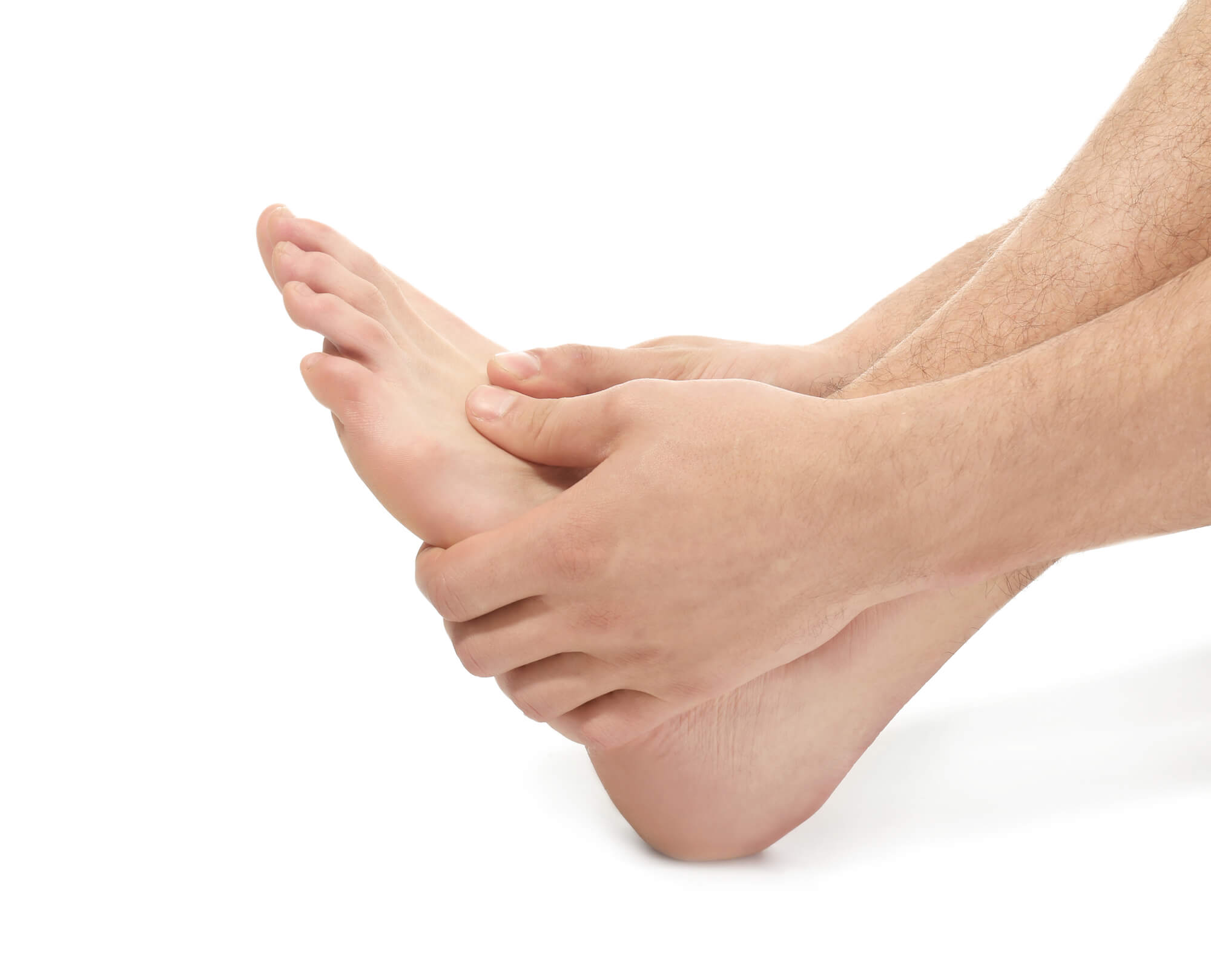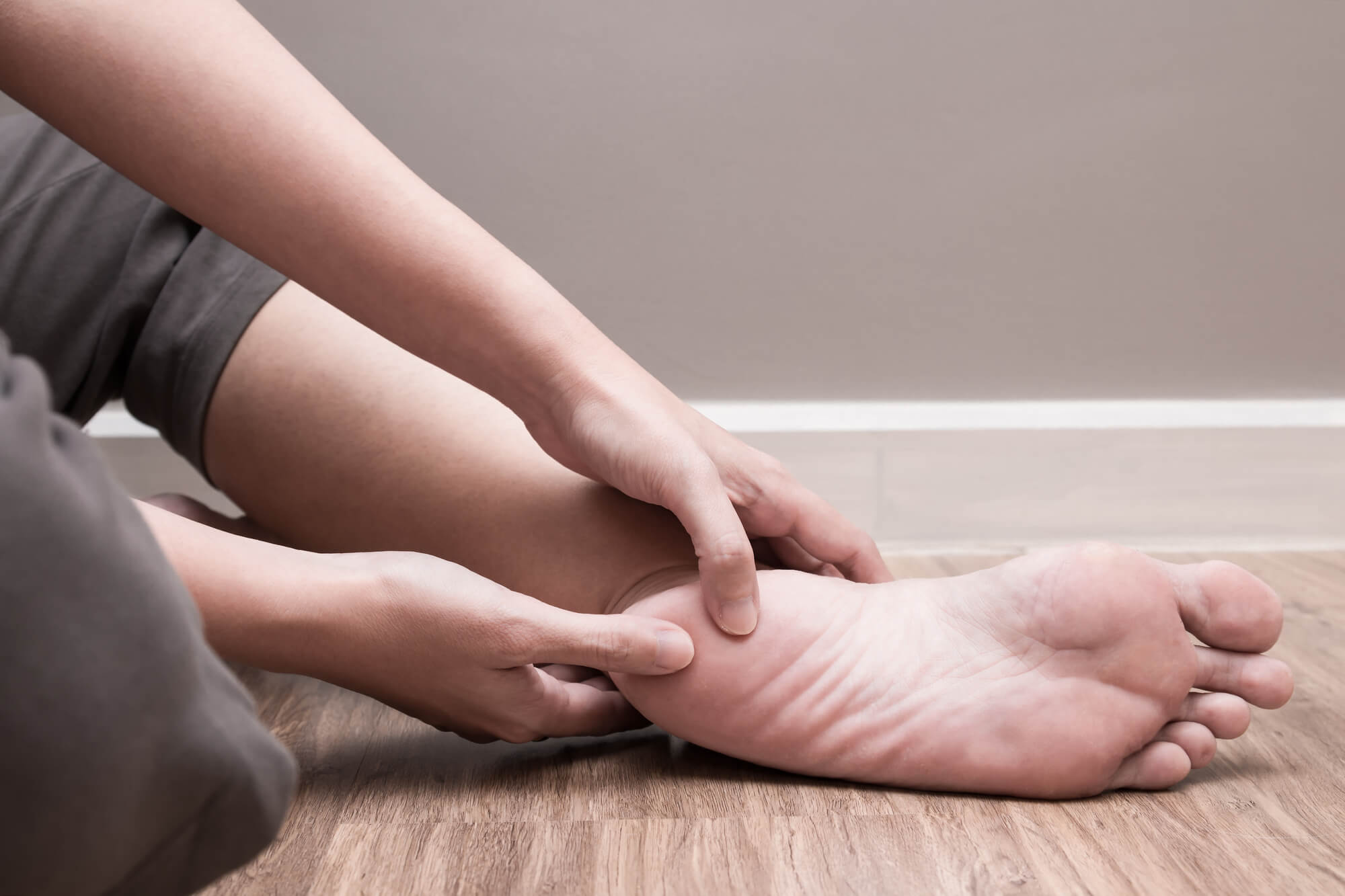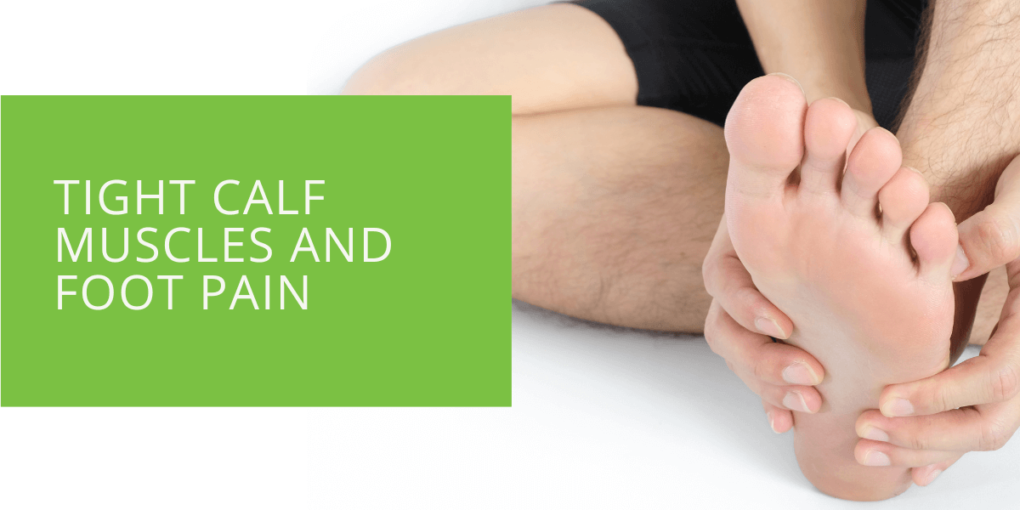Tight Calf Muscles and Foot Pain
Tight calf muscles can significantly impact foot health, leading to various foot conditions and discomfort. Understanding the connection between tight calves and foot pain is crucial in managing and preventing these issues. This article will explore the causes, treatment options, and prevention strategies for tight calf muscles and foot pain.
Understanding Calf Muscles and Foot Pain
The calf muscles, located at the back of the lower leg, play a vital role in foot movement and stability. When the calf muscles become tight, they can affect the entire foot and ankle complex, leading to foot pain. One of the common foot conditions associated with tight calf muscles is plantar fasciitis, where the plantar fascia—a band of tissue connecting the heel to the forefoot—becomes inflamed and causes heel pain.
Causes and Symptoms of Tight Calf Muscles
Tight calf muscles can result from various factors, including overuse, muscle imbalances, and excessive stress on the calf muscles and Achilles tendon. These conditions can lead to an overload of the calf muscles, resulting in tightness and discomfort. Common symptoms of tight calf muscles include calf tightness, foot pain—especially in the heel or forefoot—and limited range of motion in the ankle joint.
Relationship between Tight Calf Muscles and Foot Pain
Tight calf muscles can contribute to foot pain through various mechanisms. When the calf muscles are tight, they can cause increased tension on the Achilles tendon, resulting in Achilles tendonitis—a condition characterized by inflammation and pain in the Achilles tendon. Additionally, the tight calf muscles can affect foot biomechanics, altering how the foot functions and leading to arch strain and forefoot pain.
Diagnosing Tight Calf Muscles and Foot Pain
If you experience persistent foot pain and suspect tight calf muscles as the underlying cause, it is essential to consult with a podiatrist. The podiatrist will conduct a comprehensive evaluation, including a thorough medical history and physical examination. They may also employ imaging tests, such as X-rays or ultrasound, to assess the extent of the condition. This evaluation will help determine the precise cause of your foot pain and guide the appropriate treatment approach.

Non-Surgical Treatment Options for Tight Calf Muscles and Foot Pain
Stretching Exercises for the Calf Muscles
Stretching exercises are a cornerstone of treatment for tight calf muscles and foot pain. Specific stretches, such as the calf stretching against a wall or using a towel, can help improve flexibility and alleviate tightness in the calf muscles. Regular stretching routines should be incorporated into your daily routine to maintain calf muscle flexibility and reduce the risk of foot pain.
Physical Therapy and Manual Techniques
Physical therapy is an effective non-surgical treatment for tight calf muscles and foot pain. A skilled physical therapist can design a customized rehabilitation program that includes exercises to strengthen the foot and ankle muscles and improve overall foot stability. Manual techniques, such as massage, trigger point therapy, or myofascial release, may also be employed to release tension and reduce tightness in the calf muscles.
Footwear Modifications and Orthotics
Proper footwear is crucial for individuals with tight calf muscles and foot pain. Shoes with good arch support, cushioning, and appropriate heel height can help alleviate strain on the calf muscles and provide relief. Orthotic inserts may be recommended to provide additional support and correct any biomechanical imbalances contributing to foot pain.
RICE Therapy and Pain Management
In acute flare-ups or exacerbations, RICE therapy can provide immediate relief and aid in managing tight calf muscles and foot pain. RICE stands for Rest, Ice, Compression, and Elevation. Resting the affected foot and avoiding activities that worsen the pain is essential for promoting healing. Applying ice packs to the calf muscles can help reduce inflammation and alleviate pain. Compression can provide support and minimize swelling through a compression bandage or sleeve. Elevating the foot above the heart level can help reduce fluid accumulation and decrease discomfort.
Pain management strategies may also alleviate foot pain associated with tight calf muscles. Over-the-counter non-steroidal anti-inflammatory drugs (NSAIDs), such as ibuprofen, can help reduce inflammation and relieve pain. However, it's important to consult with a healthcare professional before starting any medication regimen.

Lifestyle Modifications and Prevention Strategies
Making certain lifestyle modifications and incorporating preventive measures can help manage tight calf muscles and reduce the risk of foot pain. Regular stretching exercises, targeting the calf muscles and the entire lower limb, can improve flexibility and prevent muscle tightness. Adequate warm-up and cool-down routines before and after physical activities can prepare the calf muscles and prevent overuse injuries.
Maintaining a healthy body weight can also alleviate strain on the calf muscles and minimize foot pain. Additionally, wearing proper footwear for different activities, such as running shoes for running or supportive shoes for standing for prolonged periods, can provide optimal foot support and cushioning.
Conclusion
Tight calf muscles can significantly contribute to foot pain and affect foot function. Understanding the relationship between tight calves and foot pain is crucial in seeking appropriate treatment and implementing preventive measures. Individuals can effectively manage tight calf muscles and alleviate foot pain by combining stretching exercises, physical therapy, footwear modifications, pain management strategies, and lifestyle modifications.
If you're experiencing persistent foot pain or suspect tight calf muscles as the underlying cause, it's important to consult with a podiatrist. A podiatrist can provide a comprehensive evaluation, accurate diagnosis, and personalized treatment plan to address your needs and promote foot health.
Remember, managing tight calf muscles not only helps relieve foot pain but also contributes to overall foot and ankle well-being. Taking proactive steps to address tight calf muscles can enhance foot function, prevent further complications, and enjoy a pain-free, active lifestyle.

